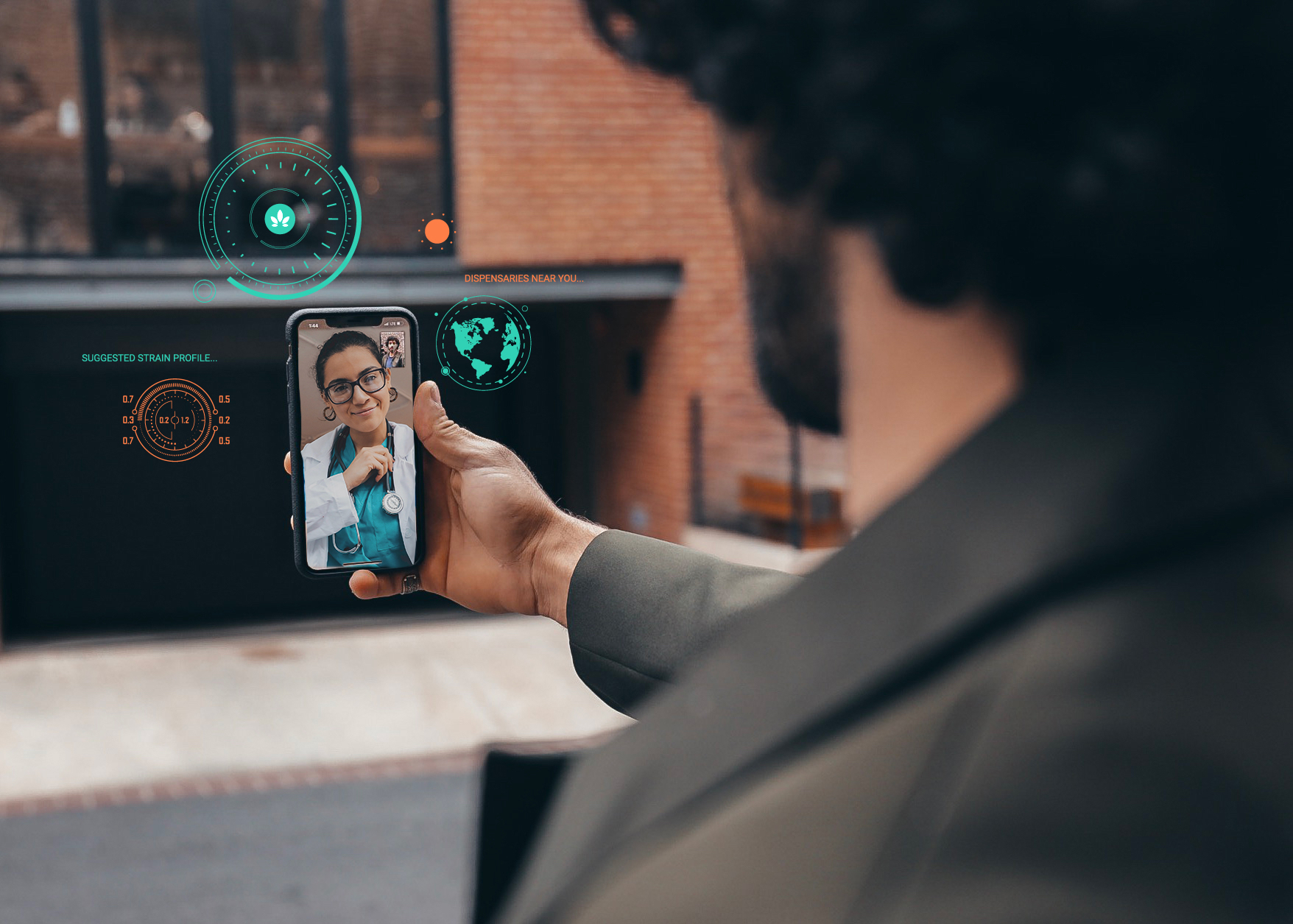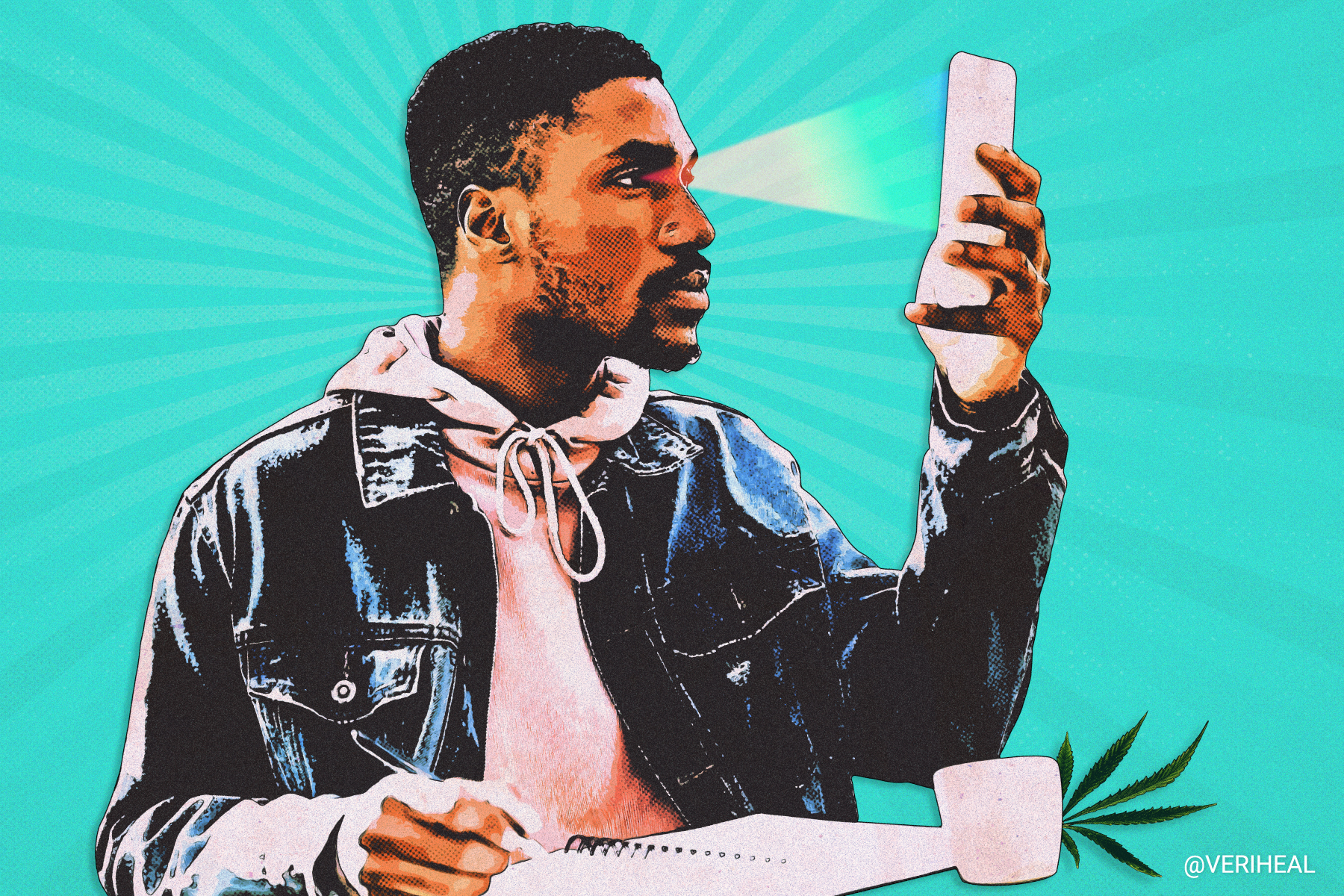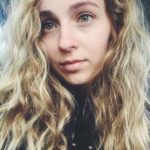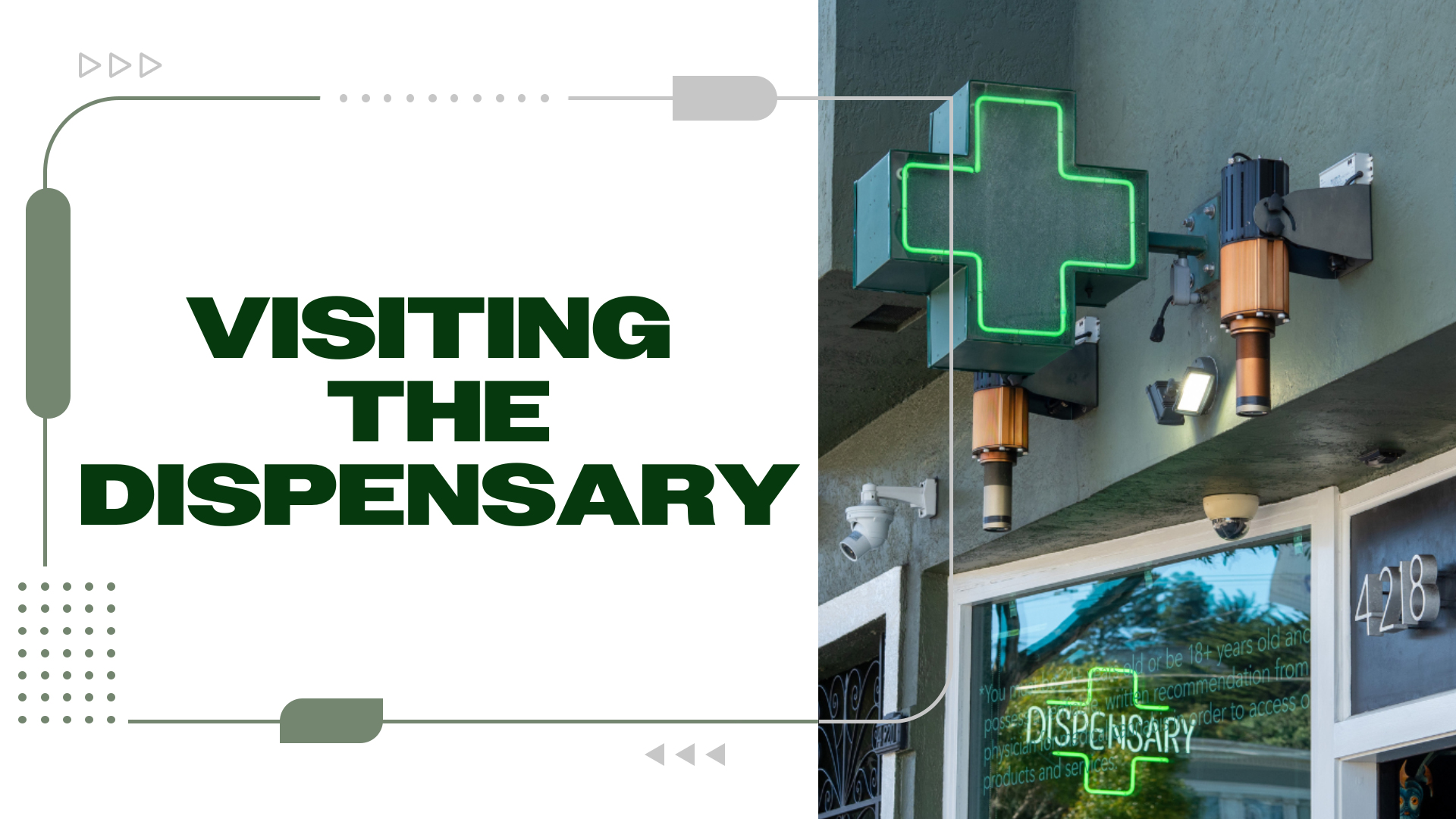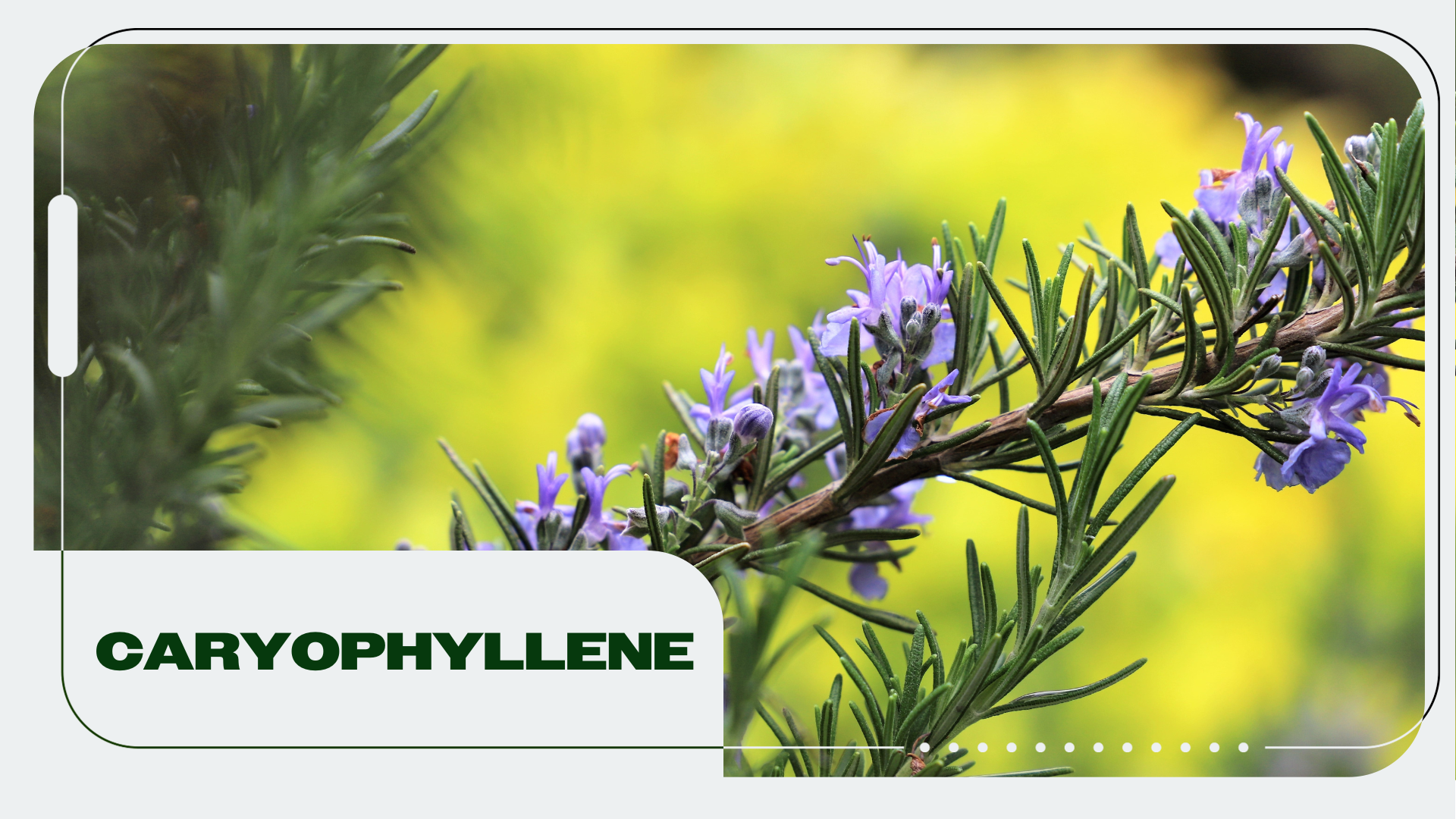1. Cannabichromene. Cannabichromene – an overview | ScienceDirect Topics. (n.d.). Retrieved March 30, 2022, from https://www.sciencedirect.com/topics/pharmacology-toxicology-and-pharmaceutical-science/cannabichromene
2. CBC. Cresco Labs. (2021, January 4). Retrieved March 30, 2022, from https://www.crescolabs.com/cannabinoids/cbc/
3. DeFino, J. (2019, October 23). Plant People’s new skincare line includes a cool CBD alternative. The Zoe Report. Retrieved March 30, 2022, from https://www.thezoereport.com/p/cbc-cannabinoids-benefits-are-actually-very-different-from-cbd-19212842
4. El-Alfy, A. T., Ivey, K., Robinson, K., Ahmed, S., Radwan, M., Slade, D., Khan, I., ElSohly, M., & Ross, S. (2010). Antidepressant-like effect of delta9-tetrahydrocannabinol and other cannabinoids isolated from Cannabis sativa L. Pharmacology, biochemistry, and behavior, 95(4), 434–442. https://pubmed.ncbi.nlm.nih.gov/20332000/
5. Izzo, A. A., Capasso, R., Aviello, G., Borrelli, F., Romano, B., Piscitelli, F., Gallo, L., Capasso, F., Orlando, P., & Di Marzo, V. (2012). Inhibitory effect of cannabichromene, a major non-psychotropic cannabinoid extracted from Cannabis sativa, on inflammation-induced hypermotility in mice. British journal of pharmacology, 166(4), 1444–1460. https://pubmed.ncbi.nlm.nih.gov/22300105/
6. Jun, J. (n.d.). Rhododendron Anthopogonoides. Nature library. Retrieved March 30, 2022, from https://naturelib.net/plantae/rhododendron-anthopogonoides/
7. Ligresti, A., Moriello, A. S., Starowicz, K., Matias, I., Pisanti, S., De Petrocellis, L., Laezza, C., Portella, G., Bifulco, M., & Di Marzo, V. (2006). Antitumor activity of plant cannabinoids with emphasis on the effect of cannabidiol on human breast carcinoma. Journal of Pharmacology and Experimental Therapeutics, 318(3), 1375–1387. https://jpet.aspetjournals.org/content/318/3/1375.long
8. Maione, S., Piscitelli, F., Gatta, L., Vita, D., De Petrocellis, L., Palazzo, E., de Novellis, V., & Di Marzo, V. (2011). Non-psychoactive cannabinoids modulate the descending pathway of antinociception in anaesthetized rats through several mechanisms of action. British journal of pharmacology, 162(3), 584–596. https://pubmed.ncbi.nlm.nih.gov/20942863/
9. Nakajima, J., Nakae, D., & Yasukawa, K. (2013). Structure-dependent inhibitory effects of synthetic cannabinoids against 12-tetradecanoylphorbol-13-acetate-induced inflammation and skin tumour promotion in mice. Journal of Pharmacy and Pharmacology, 65(8), 1223–1230. https://onlinelibrary.wiley.com/doi/abs/10.1111/jphp.12082
10. Oláh, A., Markovics, A., Szabó-Papp, J., Szabó, P. T., Stott, C., Zouboulis, C. C., & Bíró, T. (2016). Differential effectiveness of selected non-psychotropic phytocannabinoids on human sebocyte functions implicates their introduction in dry/seborrhoeic skin and acne treatment. Experimental dermatology, 25(9), 701–707. https://pubmed.ncbi.nlm.nih.gov/27094344/
11. Oultram, J., Pegler, J. L., Bowser, T. A., Ney, L. J., Eamens, A. L., & Grof, C. (2021). Cannabis sativa: Interdisciplinary Strategies and Avenues for Medical and Commercial Progression Outside of CBD and THC. Biomedicines, 9(3), 234. https://www.ncbi.nlm.nih.gov/labs/pmc/articles/PMC7996784/
12. Prostate cancer viability: Tomko, A. M., Whynot, E. G., Ellis, L. D., & Dupré, D. J. (2020). Anti-Cancer Potential of Cannabinoids, Terpenes, and Flavonoids Present in Cannabis. Cancers, 12(7), 1985. https://www.mdpi.com/2072-6694/12/7/1985
13. Shinjyo, N., & Di Marzo, V. (2013). The effect of cannabichromene on adult neural stem/progenitor cells. Neurochemistry international, 63(5), 432–437. https://pubmed.ncbi.nlm.nih.gov/23941747/



